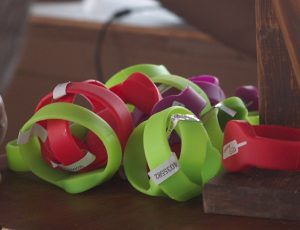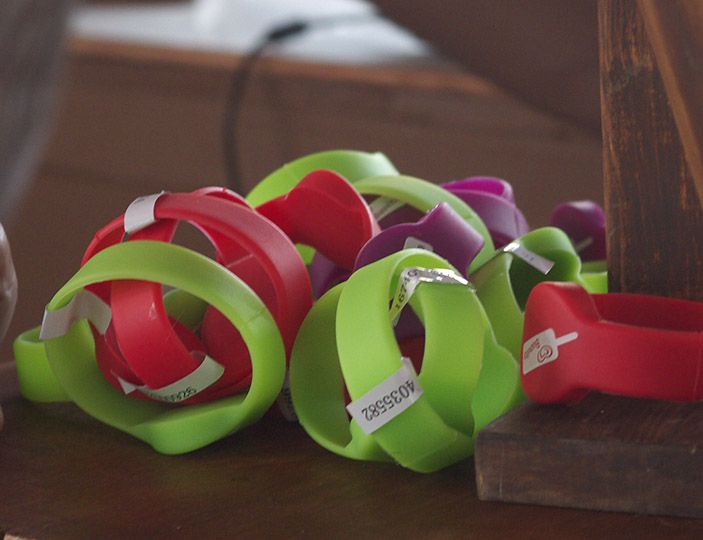Battery technology is an important research area as companies search for ways to extend the life of mobile devices, electric cars, and other equipment. In addition to developing batteries with longer lifespans, the industry needs new ways to store power in more portable and flexible configurations.

Brunel University London may have helped move the bar a little further. Researchers there announced they have printed a flexible, wearable battery that can store energy without chemical reactions.
The team printed a flexible wristband-shaped supercapacitor using silicone, glue and gel electrolyte pastes.
“This is the first time a flexible supercapacitor including all its components has been produced by 3D printing,” said Milad Areir at Brunel’s Cleaner Electronics Research Group. “The most popular way to produce them is screen printing, but with that you can’t print the frame of the supercapacitor on silicone.”
Previous flexible supercapacitors were created using multiple techniques and equipment. The Brunel project is able to produce the device using a single machine.
In the Brunel experiments, the open-source3D printer was connected via USB to a syringe driver and motor. Three of four syringes were used to apply stacks of silicone, glue and electrolyte pastes which were formed into a wristband using a honeycomb pattern. It is less expensive and easier to duplicate than previous flexible battery manufacturing processes.
The technique could supply temporary power for mobile phones or medical devices. “In future it can be used for mobile phones,” Areir said. “For example, if the phone battery is dead, you could plug the phone into the supercapacitor wristband and it could act as a booster pack, providing enough power to get to the next charging point.”
You can read more about the battery in Materials Science and Engineering.
Source: Brunel University
About the Author
Follow Robotics 24/7 on Linkedin
Article topics
Email Sign Up















